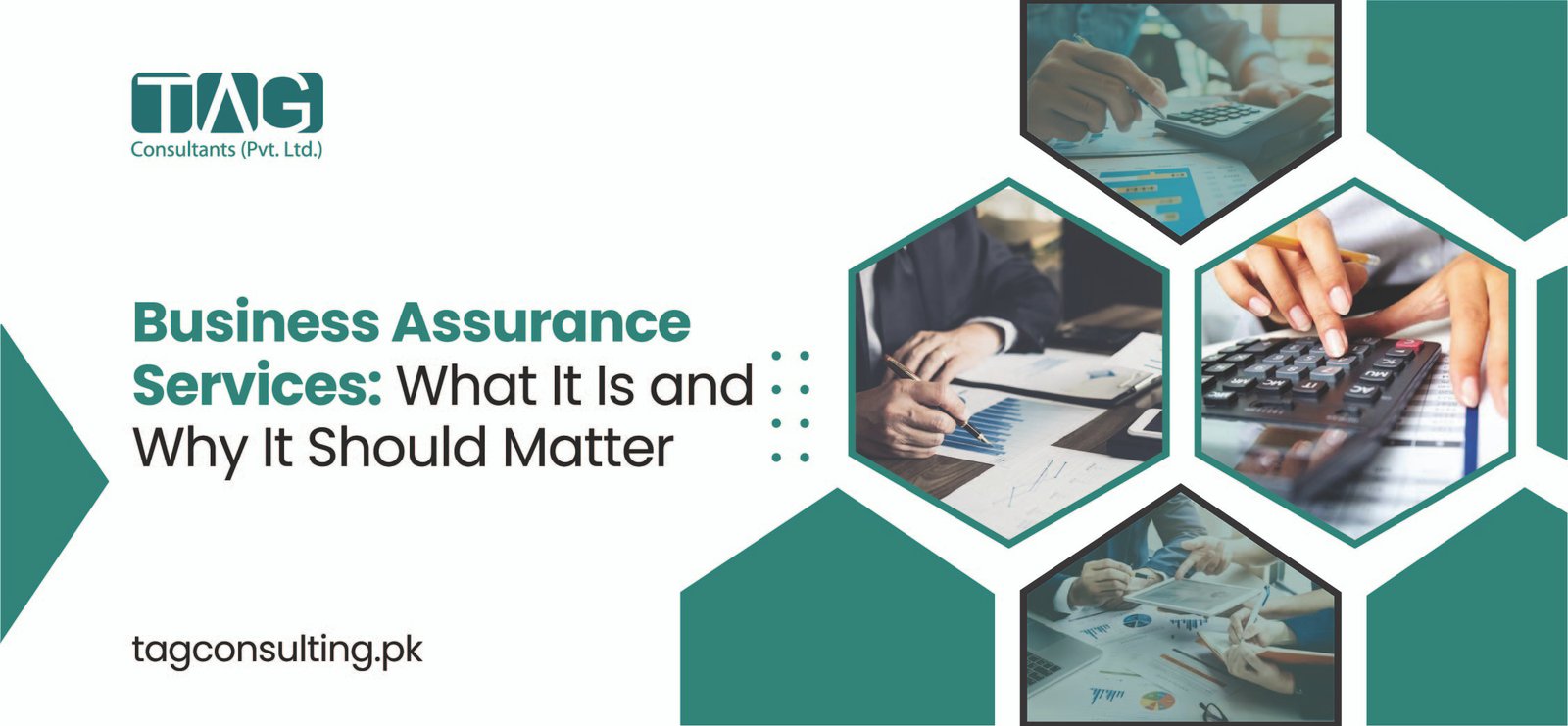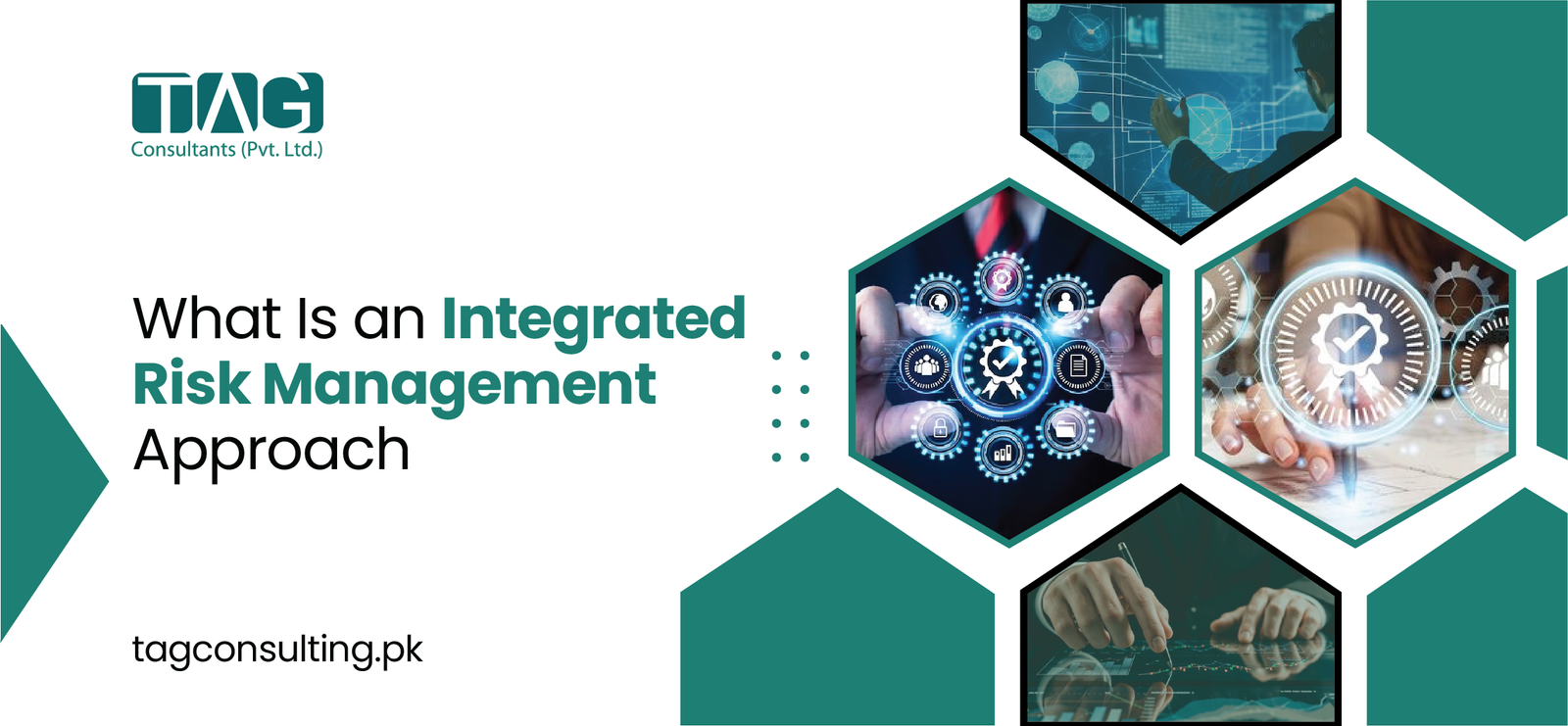Blog

Top Business Risks in 2025 & How to Prepare for Them
In the present economic situation, running a business faces unexpected challenges. According to the SBA, 60% of small and medium-sized enterprises fail within six months of a major risk event. Even established organizations might face financial crises, operational setbacks, or reputational damage.
However, companies have the potential to not only survive these hazards but also become strong with proper detection and planning. This business risks in 2025 threats contains practical preventative methods that executives and entrepreneurs may immediately adopt.
The Top Business Risks in 2025 & Mitigation Strategies
1. Financial Risks
Businesses face financial risks in areas such as managing cash flow, making debt commitments, and profitability margins. Inflation decreases purchasing power, clients pay late, and irregular spending patterns affect long-term stability as a result of poor planning. Being active in monitoring is important.
How to Prepare:
- Build an Emergency Fund: To maintain financial stability and deal with unexpected expenses, it is recommended to set aside three to six months of working expenditures.
- Broaden your Source of Income: Make your company more secure and resistant to economic emergencies by broadening its sources of income with new products, services, or partnerships.
- Use Financial Prediction Tools: Make smart decisions that will help your business grow and stay stable in the long run by using tools like QuickBooks to monitor and assess your cash flow.
2. Operational Risks
Internal process failures are the root cause of functional risk factors. Supply chain failures delay manufacturing, equipment failures cease operations, and human errors cause quality issues or financial losses. If not handled properly, these interruptions will affect service delivery and customer satisfaction.
How to Prepare:
- Backup Suppliers: Build reliable connections with other suppliers for a consistent flow of materials, limiting the possibility of shortages or delays caused by disruptions.
- Automate Key Processes: To automate financial reporting, order processing, and inventory management, as well as simplify procedures and reduce errors, install an enterprise resource planning (ERP) system.
- Cross-Train Employees: Make sure that important tasks can be handled even when staff members aren’t accessible by instructing them to do multiple duties. This will help maintain productivity and procedures.
3. Cybersecurity Risks
Ransomware encrypts vital files, scam emails affect passwords, and breaches leak valuable customer information; all of these cyber hazards attempt for the integrity of a company’s data. Strong digital defenses are essential in linked corporate settings, as 43% of attacks target SMEs.
How to Prepare:
- Train Employees: Workshops on security should be conducted every six months to teach employees how to recognize risk, stop cyberattacks, and to work securely when using the internet.
- Enable MFA: Protect important company information from hackers by improving account security with multi-factor authentication, which adds another layer of verification.
- Run Security Audits: Check for vulnerabilities, fix them, and make sure you’re following cybersecurity standards to keep your data safe and your system running smoothly by doing vulnerability assessments every three months.
4. Compliance & Legal Risks
Vat reforms, labor disputes, penalties for noncompliance, and other changes to tax rules all pose regulatory risks. Particularly for companies without flexible compliance structures, sudden changes in the law can result in fines or operational limits.
How to Prepare:
- Consult Legal Experts: Consult with experienced lawyers who have expertise in industry regulations for compliance, less hazards, and offer advice on new corporate structures and legal requirements.
- Monitor Regulatory Updates: Subscribing to official alerts, attending legislative conferences, and applying compliance techniques will help you stay updated about policy changes. This can help you avoid legal issues and fines.
- Maintain Documentation: Transparency, audit support, and regulatory and legal compliance are all helped by keeping correct and current records of company transactions, tax filings, and compliance activities.
5. Reputation Risks
Negative social media publicity, product failures that need to be recalled or poor media coverage all cause reputational damage. Trust loss can quickly reduce clients loyalty and investor confidence, resulting in future revenue losses.
How to Prepare
- Monitor Online Mentions: Stay updated with brand references with social listening tools and Google Alerts. This will help you respond quickly to reviews, feedback, and upcoming issues.
- Address Complaints Quickly: Have a 24-hour response protocol to quickly address and resolve client concerns. This will show that you care about customer satisfaction and help keep your brand reputation good.
- Prepare Crisis Plans: To avoid damage and rebuild confidence, it is important to set up specific response teams with clear procedures for dealing with emergencies. This will allow for quick decisions and good communication.
6. Market & Competitive Risks
Competing companies lowering prices or changing consumer preferences in favor of creative alternatives are examples of competitive risks. When companies fail to adjust to new developments in technology or industry trends, the market becomes static.
How to Prepare:
- Conduct SWOT Analysis: Stay updated about market trends and competition strategies by regularly comparing strengths, weaknesses, opportunities, and threats. This will help you make informed business choices.
- Prioritize R&D: For sustained success and growth over the long run, it’s essential to invest into R&D so that you can improve your products, work smarter, and predict market trends.
7. Human Resource Risks
Problems with employee retention, workplace conflicts that cut into productivity, and gaps in skills that restrict growth are all examples of HR vulnerabilities. Workplace productivity and employee satisfaction take an adverse turn when problems with managing people go unresolved.
How to Prepare:
- Fund Training Programs: If you want staff to be able to keep up with the competition and make meaningful contributions to the growth of your company, you should invest into mentorship programs, online courses, and workshops.
- Improve Workplace Culture: Create a supportive workplace by promoting open communication, team-building exercises, and recognition programs so that employees feel appreciated, inspired, and invested in the organization’s success.
TAG Consulting | Your Trusted Partner in Business Risk Management
Early risk management is necessary for companies to survive. Here at TAG Consulting, we are experts at helping Pakistani companies in overcoming top business risks in 2025 and maximizing opportunities through the use of customized, data based plans.
Why Businesses Trust TAG Consulting
We have created a proven structure to protect companies from financial, operational, and regulatory risks based on our 12+ years of experience across multiple sectors. At our company, we specialize in:
- Financial Risk Management: Balanced liquidity, debt restructuring, and AI-powered prediction to maintain cash flow.
- Operational Resilience: Supply chain audits, process automation, and backup plans to minimize delays.
- Cybersecurity & Compliance: Complete compliance with regulations and end-to-end security against digital threats.
- Reputation & Crisis Management: Preventative public relations techniques that protect the reputation of brands in times of crisis.
Our Expertise
- Local Market Mastery: Complete familiarity with the regulatory and economic circumstances in Pakistan.
- Custom Solutions: Only tactics customized to the specifics of your company’s field and scope will be considered.
- Results-Driven Approach: Not just reports, but your growth is how we assess success.
Conclusion
Even if the complexity of business risks is always changing, there are possibilities for firms that are well-prepared. This guide to key business risks in 2025 can help CEOs establish resilient firms that withstand crises and seize new opportunities.
TAG Consulting.pk offers customized risk assessment services for firms seeking expert help to identify flaws and develop fixes.
Contact Us Today to schedule a comprehensive business risk evaluation.





